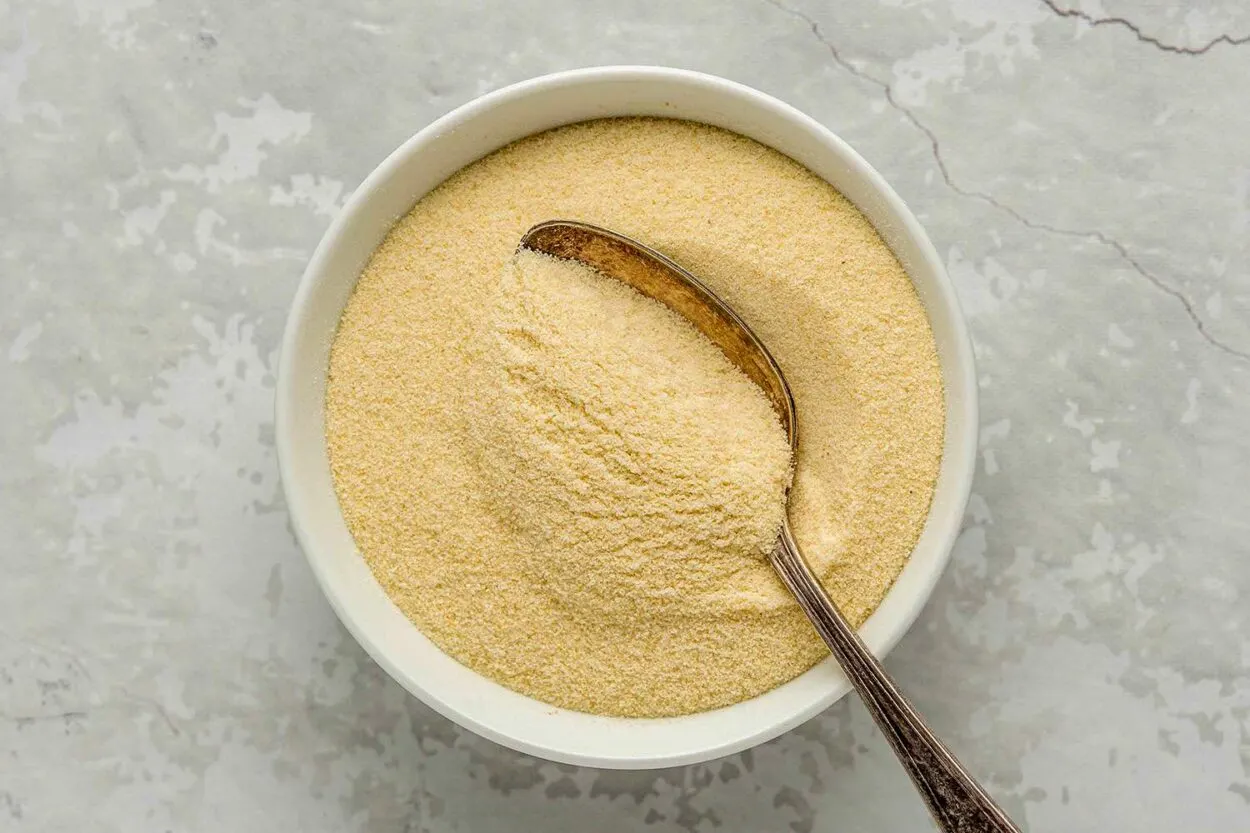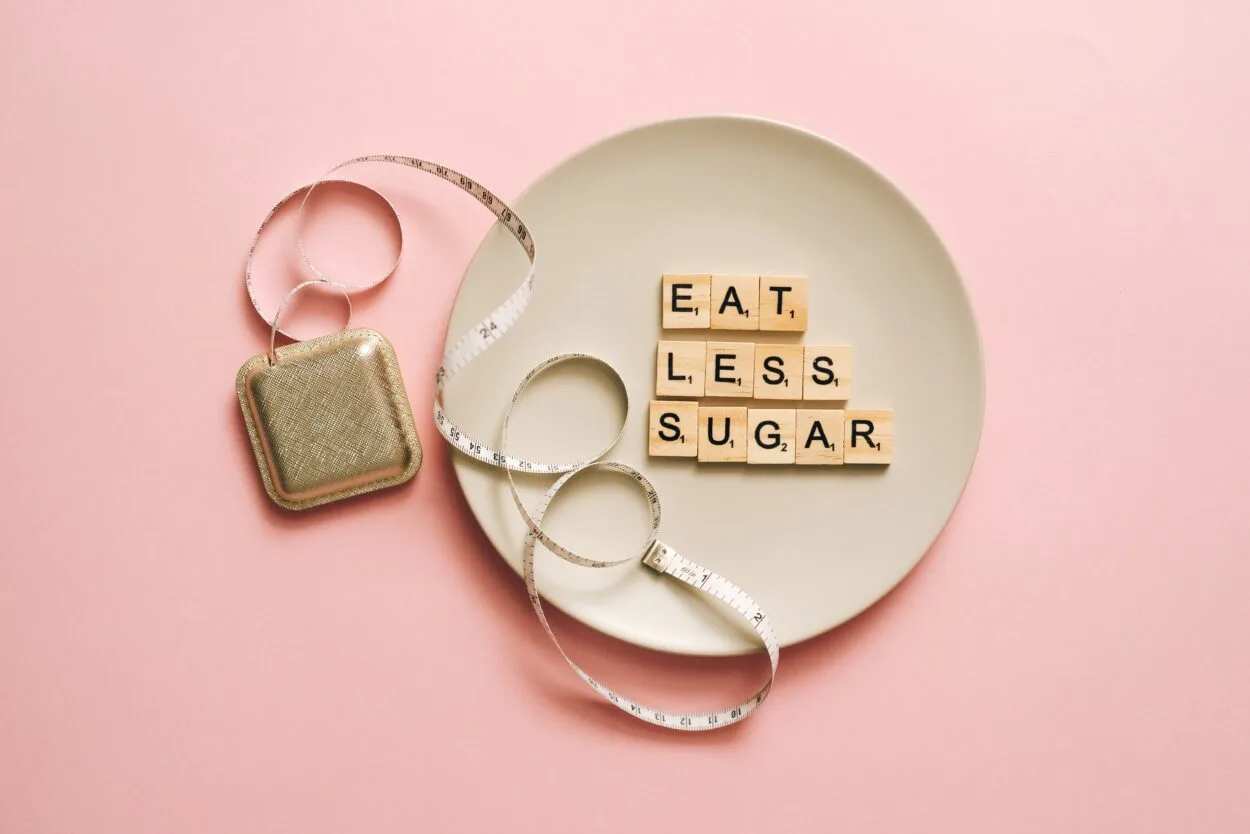India is renowned for its rich culture, distinctive cuisine, and use of a variety of spices in its recipes.
Biryani, butter chicken, samosas, dal makhani, tandoori meat, chaat, and other dishes are a few among them. The cuisine of the many Indian cities reflects each one’s distinctive cultural setting.
In South India, semolina is known as Rava. The item is utilized as the major ingredient in several recipes in addition to being a component of many Indian dishes’ batter. There are two different kinds of Rava.
Bansi rava is a deeper shade of rava than a typical rava. Bansi rava is made from stone-ground wheat, while sooji rava is made from machine-milled and polished wheat, giving it its white color.
Keep reading to know more about the differences between a Bansi Rava, and a Sooji Rava, along with their similarities. Let’s begin!
What Is Indian Cusine?
Indian food is a reflection of the subcontinent’s 8,000-year history of contact with numerous groups and cultures, which gave rise to the variety of tastes and regional cuisines seen in today’s India.
Later, the already varied Indian cuisine was further enhanced by trade with British and Portuguese influences.
Comprehending India’s culinary diversity depends on comprehending its geographic diversity.
Large fertile alluvial plains are supported by the Indian river systems that cross most of northern and central India and are fed by seasonal rains and snowmelt from the Himalayas.
These well-known Indian meals are probably familiar to you if you are familiar with Indian eateries in the United States:
- Aloo Gobi
- Butter Chicken
- Chana Masala
- Palak Paneer
- Chicken Tikka Masala
- Fish Curry
- Pakora
- Biryani
Indian Spices

An important component of Indian cuisine is the use of spices and herbs. India is the origin of ginger, turmeric, tamarind, black pepper, cardamom, and sesame seed.
From West Asia and the Mediterranean region came cumin, fenugreek, saffron, and coriander as well as asafoetida (hing), which is frequently used by Hindus and Jains in place of garlic.
Many Indian treatises that discuss the medical advantages of adding spices to cooking cite the antibacterial capabilities of spices.
Across the nation, spices are added to meals in whole, powdered, or ground form to improve flavor; they don’t always give the food a “heat” feeling.
Let’s have a look at some famous Indian spices known all over the spice market.
| Indian Spices | Description |
| Garam Masala | It is a sumptuous blend of some of the most well-liked spices used in Indian and Pakistani cooking. |
| Corriander | It is derived from Coriandrum sativum, the same plant as cilantro. Cilantro solely refers to the dried leaves of the plant, not the seeds or powder. |
| Cumin Seeds | It is a well-known spice from Asia with a strong, smoky, and earthy flavour. |
| Mustard Seeds | Just like cumin seeds, mustard seeds have a spicy and pungent flavor profile. |
What Is Bansi Rava?
In English, Bansi Rava is called broken wheat or cream of wheat. Natural proteins, vitamins, and minerals are present. It is the ideal breakfast food.
Bansi rava, which is prepared from the nutritionally superior Durum wheat grains, is naturally high in protein and a strong source of iron and magnesium.
Sooji is another name for Rava. The wheat is first ground, then filtered through a fine-mesh screen to completely separate the rava and flour.
It is used in a wide range of culinary dishes, with the most well-known being Upma, Dosa, Vada, Rava dhokla, and many variations of halwa, and is highly popular in Karnataka and many other Indian homes.
What Is Sooji Rava?

Semolina, usually referred to as rava in Indian homes, is a by-product of durum wheat and is also known as sooji.
Sooji is a type of durum wheat coarse middling. Durum wheat (scientific name: Triticum Durum) is a common grain crop in the Mediterranean region.
Indian cuisine uses rava, which is created by grinding husked wheat, to make savory meals such as rava dosa, rava idli, upma, and khichdis.
Semolina is a better choice if you’re seeking an alternative to all-purpose or plain flour. But it isn’t when compared to a treat produced from any other whole grain. Then, you must decide carefully.
Is Sooji Good For Weight Loss?

Sooji is highly suggested if weight loss is on your mind. This is due to the fact that it is said to be low in calories, high in protein, healthy fats, and calcium-rich, making it the ideal addition to your diet if you’re trying to lose weight.
Suji contains about three-quarters of its calories in carbohydrates.
Your tissues are fuelled by the carbs. Suji is also naturally low in fat, with each serving containing only 0.5 grams of fat.
Suji is highly advised for individuals attempting to reduce weight because it is nutrient-rich. Semolina is a better choice if you’re seeking an alternative to all-purpose or plain flour.
Difference Between Bansi Rava And Sooji Rava
Although they are made from distinct types of wheat, both types of semolina (rava) are produced.
Wheat flour, maida or all-purpose flour, sooji, or rava are the results of grinding wheat by hand or in a mill.
Maida, which is the finest powder and has a velvety texture when touched, is used to make bread, cakes, Indian bhatura, and other items.
The second ingredient is wheat flour, which is used to make Indian roti and bread since it contains wheat bran.
Sooji, which has a texture that is slightly grainy, is the third ingredient. Rava is another name for it. Bansi Rava is Sooji when it is slightly brown in color, and Sooji when it has a white tinch.
While Bansi Rava is used to make Upma, Sooji is used to make halwa, quick Idli, and bhatura dough. And the result of grinding wheat is referred to as dalia.
Indian Dishes That Contain Rava
Khichdi

The word “Khichdi” is derived from the Sanskrit word “Khiccha,” which denotes a rice and legume dish.
Khichdi served as the model for the Anglo-Indian kedgeree. A common traditional food in Haryana, particularly in the countryside, is khichdi.
Although Bajra Khichdi and Moong Khichdi are two other regional varieties, most khichdi is often made with rice and lentils. It is one of the first solid foods that infants in Hindu culture consume.
For those seeking a nutritious and satisfying supper, dal khichdi is a fantastic option. In addition to being healthful, dal khichdi is also incredibly tasty.
Upma

Sooji (also known as rava in the south) is used to make the classic Indian breakfast dish known as upma. Though it used to be more prevalent in South India, we can now see it almost everywhere in the country.
A well-made upma has vibrant flavors of ginger, curry leaves, green chilies, mustard, cumin seeds, and roasted lentils. It is also tasty, non-sticky, and fluffy.
Because it includes proteins, vitamins, minerals, zinc, phosphorus, iron, and carbs, upma is a wholesome alternative for almost all age groups.
Upma can give you longer-lasting satisfaction; your heart, bones, kidneys, and immune system can benefit from the nutrients in upma.
Conclusion
- Indian spices are herbs that are grown on the Indian subcontinent, which is a part of South Asia. India produces different types of spices indigenous to the subcontinent due to the diverse climatic conditions in the area.
- According to the grade of the wheat, semolina, sometimes referred to as rava or sooji, is a coarse flour manufactured from durum wheat that can range in color from yellow to white.
- The market offers a wide variety of rava. Bombay Rava, also known as Sooji or Suji (in Tamilnadu), is the most well-known rava. It is created from refined and granulated whole wheat grain. Typically, it is composed of a wheat variety known as Mottai Godumai in Tamil.
- Another type of rava is created in Western and Northern India from Samba Godumai, which has a long body and slightly pointed edges on both sides. It is likewise in minute granules and resembles finely broken wheat grains. In some regions, this Samba Godumai Rava is also known as Bansi Rava.

